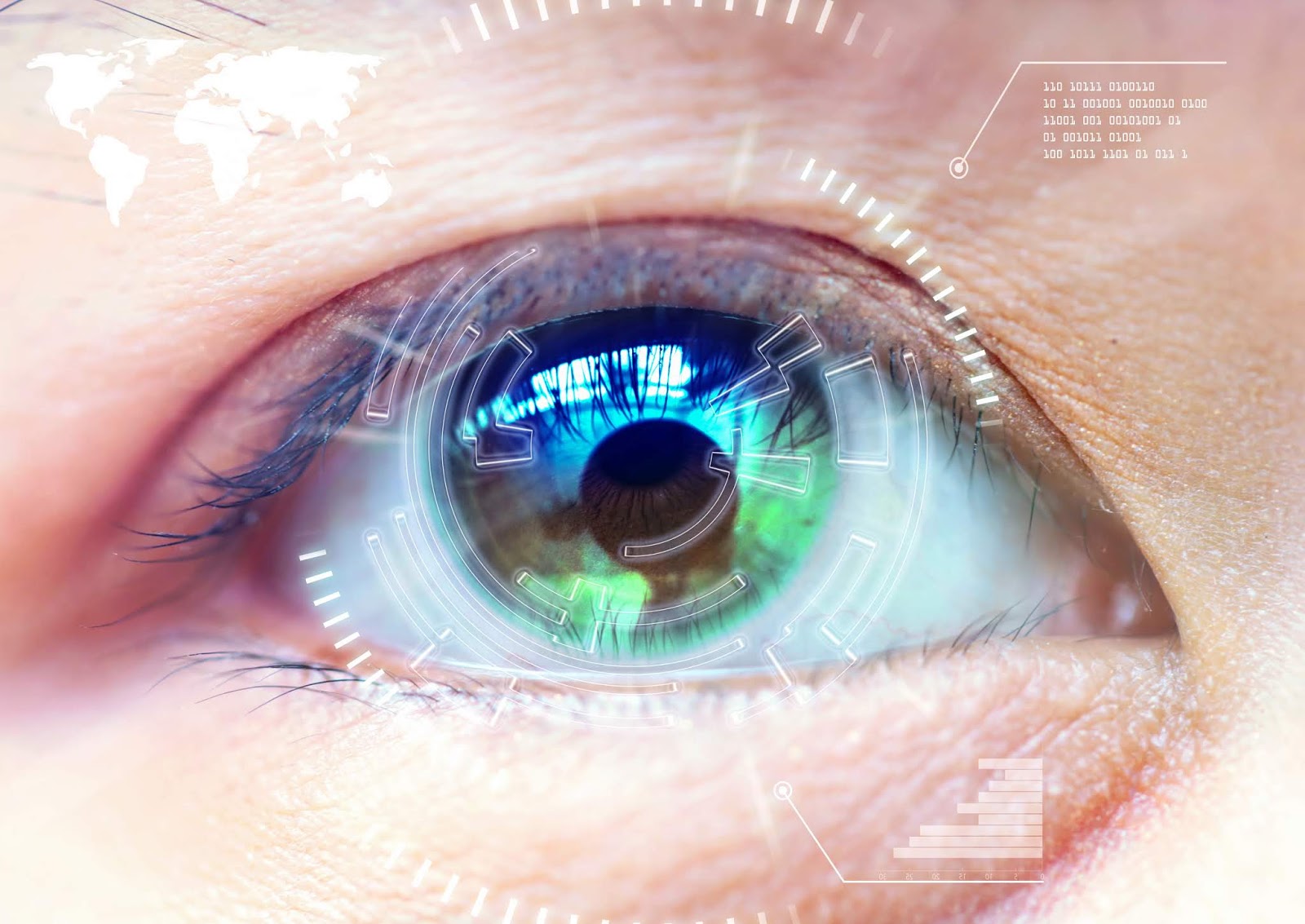Getting LASIK Eye Surgery
One thing that I have always looked forward to do in my late 20’s and definitely by 30 is getting LASIK eye surgery done. I have been wearing contact lenses and glasses for most of my life and I can certainly say I am over dealing with being blind. While I have experienced the many frustrations you deal with wearing contacts, such as dry eyes, cracked lenses, and getting dirt or makeup in my lenses; I am just so ready.
Many people around me have done LASIK eye surgery and have only received good everlasting results and with advanced technology nowadays, it’s safe to say that the results of LASIK is successful. According to a recent study, 99 percent of patients achieve better than 20/40 vision and more than 90 percent achieve 20/20 or better.
Of course, by default, before getting any kind of surgery done on myself, I had to do a bit of research. So as a curious and possible candidate for LASIK eye surgery, I partnered up with the Refractive Surgery Council, to learn more about this procedure, and its advantages, side effects, etc. I recently had the pleasure of visiting the Maloney Vision Institute in Westwood LA and had the opportunity to attend an intimate event with Dr. Robert Maloney himself.
Dr. Robert Maloney has a nationwide reputation for being the eye surgeon of choice for more than 100 eye doctors and their families – with many years of clinical experience and over 60,000 vision correction procedures performed; he is one to consider trusting when it comes to LASIK eye surgery. Meeting Dr. Maloney was a pleasure, he was very kind and spent the time to carefully answer all of our questions. During my time visiting their facility, I definitely am even more interested in doing the procedure. If you’re an interested candidate and want to learn more about this remarkable procedure, here is the full insight of LASIK surgery:
So first and foremost, LASIK eye surgery isn’t for everyone. How do you know? What makes a good candidate?
LASIK eye surgery might be something you have always looked forward to getting – especially if you’re over wearing contact lenses just like me. But hate to break it to you, there are a few bullet points to consider if you are the right candidate for this procedure.
- Healthy eyes
- Prescription not too high (anything more than -7 is not recommended)
- Stable vision (your prescription doesn’t change in the past year or so)
- Tired or wearing glasses and/or contact lenses
On the upside for things, if you don’t qualify for this procedure, there are other options if LASIK isn’t right for you. Speak to your doctor to find out what works best for you.
What are the steps performed during LASIK?
Step 1: Measurements
During your evaluation, you will undergo several tests including measuring your degree of nearsightedness (myopia), farsightedness (hyperopia), or astigmatism. These tests are to determine if you make for a good candidate for this procedure.
Step 2: Creation of Flap
Your eye surgeon uses a ultrafast laser that creates a thin flap to prepare the cornea for treatment. This step takes less than 20 seconds to perform on each eye.
Step 3: Reshape the Cornea
The highly specialized laser uses an ultraviolet light beam to remove microscopic amounts of tissue from the cornea to reshape it so it more accurately focuses light on the retina for improved vision
What are the benefits of LASIK?
LASIK is a good option for improving vision for many reasons:
- Vision is improved immediately after surgery and gets better with time and healing
- Patients who undergo LASIK improve their vision to 20/40 or better, while others return to 20/20 vision – {97% of Dr. Maloney’s patients leave with 20/20 vision}
- Though LASIK requires a financial investment upfront, patients experience hundreds of dollars of savings each year because they do not need to update their eyeglass and/or contact lens prescription.
What are the side effects? Are there any risks?
Dr. Maloney did a great job explaining the risk of symptoms and side effects. Like every procedure, there could be side effects after LASIK, however they are generally relatively minor. These include dryer eyes and glare with lights at night. And, there are treatments to help with both. The risk of anything serious happening is less than 1 percent.
Does it hurt? What is the recovery time?
During the procedure, they provide you with a numbing medication and the most you feel is light pressure on the eyes. Recovery time is very minimal – you should expect some blurry vision and haziness immediately after surgery; however, most people can return to work the next day or within a few days of their eye procedure. You will be given eye drops to use for a week and eye protection to wear.
How long does LASIK procedures last?
Most people believe that LASIK is not meant to be permanent and that it may only last a few years but in reality, LASIK permanently corrects the vision prescription.
The best years to get LASIK done and ensure it lasts is between the ages of 25 and 35. If you happen to receive LASIK before the age of 25, because your vision is still developing at that time; it’s more likely you will need an enhancement/touch up. And of course, as you age, it’s possible that your eyes can change over the course of your lifetime and may need a touchup to maintain the vision.
Above all, LASIK is definitely something I am considering to do in the near future. Based on success rates and my overall educational meeting with Dr. Maloney and his team; LASIK eye surgery is a great investment to consider. For more information on this procedure, please check out the Refractive Surgery Council.
Have you done LASIK or have been considering it? Let me know in the comments below!
Xo,
Nancy





